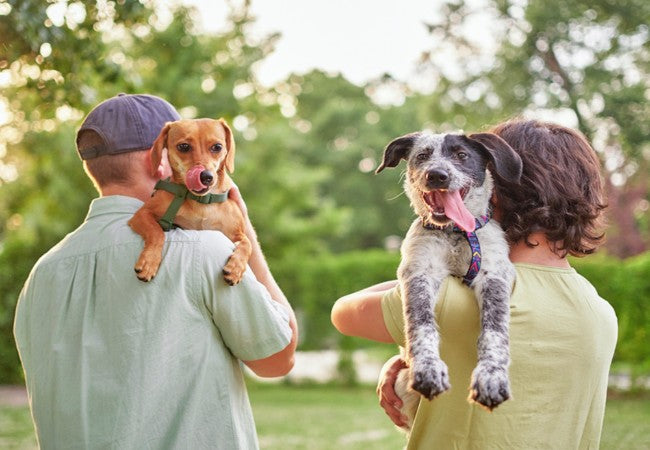Socializing a Puppy Without the Dog Park: Vet’s Step by Step Plan 2025 🐶✨

In this article
Socializing a Puppy Without the Dog Park: Vet’s Step by Step Plan 2025 🐶✨
By Dr. Duncan Houston BVSc
Dog parks seem like the perfect place to socialize your puppy—but for young, unvaccinated, or shy dogs, they can be overwhelming or even dangerous. Thankfully, true socialization doesn’t require a park at all.
I’m Dr. Duncan Houston. In this guide, I’ll show you how to build confidence, resilience, and friendly habits in your puppy—safely, gradually, and without ever stepping into a dog park.
🧠 What Socialization Really Means
Socialization is the process of exposing your puppy to a variety of sights, sounds, people, surfaces, animals, and environments in a positive, controlled way during their critical learning window (8–16 weeks).
Goal: Create positive associations with the world—not just other dogs.
🚫 Why the Dog Park Isn’t Ideal for Early Socialization
- 🐕 Unpredictable dogs with unknown vaccination or behavior history
- 😱 Overwhelming noise smells, and chaos
- 🦠 High risk of infection before full vaccinations
- 👎 Can create fear or reactivity if the experience goes wrong
✅ How to Socialize Without a Dog Park
Step 1: Start at Home (8–10 Weeks)
- 🎧 Play sound recordings of traffic, fireworks, sirens at low volume
- 🎩 Introduce strange sights—hats, sunglasses, wheelchairs, umbrellas
- 🧸 Invite calm guests to handle and interact with your puppy
- 🧠 Practice leash walking in the backyard or safe patio
Step 2: Safe DogtoDog Interactions (10–14 Weeks)
- 👨⚕️ Set up short, supervised playdates with fully vaccinated adult dogs
- 🐾 Choose calm, tolerant dogs—not rough puppies
- 📍 Keep the leash on at first, then drop it once calm behavior is observed
Step 3: Explore the World (12–16 Weeks)
- 👜 Carry your puppy through pet-friendly stores or busy streets
- 🚗 Practice car rides, vet visit simulations, or crate time in new places
- 🧊 Use treats for every calm response to a new stimulus
🔁 Weekly Puppy Socialization Challenge
Day New Experience Monday Visit a new room with different flooring Tuesday Listen to sirens/fireworks at low volume Wednesday Meet someone in a hat/sunglasses Thursday Car ride to a parking lot observation Friday Smell new objects (leather, metal, bags) Saturday Calm adult dog visit at home Sunday Rest & gentle brushing/grooming
🧠 Reinforce With Structure
- ✅ Use a clicker or “yes!” to mark calm curiosity
- 🎁 Use for environmental desensitization
- 🧘 Don’t rush—end on a success, not stress
⚠️ What to Avoid
- ❌ Flooding your puppy with too many people, places, or animals at once
- ❌ Allowing off-leash access to new dogs before full vaccinations
- ❌ Forcing interaction when your puppy is nervous—let them observe
🎁Gear That Helps with Early Socialization
- Explorer Harness – Secure, non-restrictive fit for new environments
- Bungee Lead – Smooth control if your pup gets excited or anxious
- Dual Pocket Treat Dispenser – Always have calm rewards ready
💬 What Puppy Parents Say
“We didn’t go near a dog park until 6 months, and our puppy is still the friendliest dog at the park.” – Mia & Wally
“This plan gave us confidence—our pup met new things slowly and now nothing fazes him.” – Marcus & Echo
👩⚕️ Want a Custom Socialization Plan?
Send your puppy’s age, breed, and comfort level to Ask A Vet and get a tailored week-by-week confidence-building checklist reviewed by a vet.
Final Thoughts
The dog park can wait. Early socialization is about exposure, not chaos. Start slow, stay consistent, and use structured, positive interactions to raise a puppy who’s confident, calm, and ready to explore the world—on their terms.






